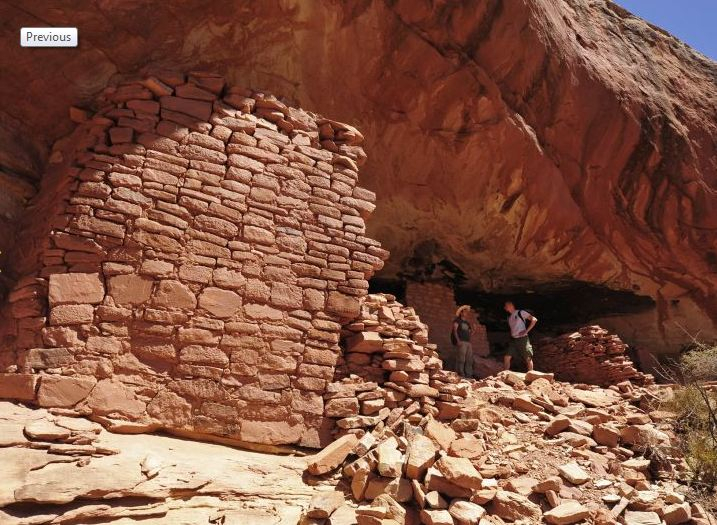Pueblo people are the American Indians who live in pueblos and have a long tradition of farming. Situated in the Southwestern United States, they are one of the oldest cultures in the nation. Pueblo Indians are also believed to be the descendants of three major cultures including the Mogollon, Hohokam and Ancient Puebloans (Anasazi), with their history tracing back for some 7,000 years.
Recently archaeologists have revealed that the Pueblo people created rock carvings in the Mesa Verde region about 800 years ago to mark the position of the sun on the longest and shortest days of the year.
Mesa Verde ancient artwork
The panels of ancient artwork on canyon walls in Mesa Verde region, known as petroglyphs. As per the researchers, it shows complex interactions of sunlight and shadows. These interactions can be noticed in the days around the winter and midsummer or summer solstices, when one of the earth's poles has its maximum tilt toward the sun, respectively, and in spring as well as fall.
As per the archaeologists, these carving show scenes depicting the traditions of contemporary Hopi people, who are the descendants of the ancestral Puebloans, used to live in the parts of the Southwest until the 13th century. These traditions describe important rituals at seasonal points in the yearly solar calendar tied to activities such as planting and harvesting.
As reported by Live Science, archaeologist Radek Palonka at Jagiellonian University in Kraków, Poland said that the ancient rock carvings are probably marked the specific reasons and it was not only to observe the phenomena.
Research around the ancient site

Since 2011, researchers from Jagiellonian University has been investigating the site around Castle Rock Pueblo, which is now a part of the Canyons of the Ancients National Monument, near Colorado's border with Utah and about 20 miles west of Mesa Verde National Park, under the supervision of Palonka. It should be noted that the site date from the early 13th century.
Early studies in the 19th century showed that the rocks carvings may have been used as solar calendars, while the team working under Palonka is the first to verify and document the phenomena. The team used a lot of new technologies, like laser scanning and photogrammetry, which is a method that uses detailed photographs to create a map or a 3D model of the area or object which helped the team to see more details on the rocks.
The researcher claimed that at one of the sites, the team noticed that the petroglyphs are carved on a flat south-racing rock wall that's shaded by an overhanging rock. The patterns of sunlight and shadow can be seen to move through the spirals, grooves and other parts of the petroglyphs, during the time of sunset on days near the midwinter solstice, which happens around December 22 as well as during spring and fall equinoxes, around March 20 and September 22 every year.
Petroglyphs in other sites
As per Palonka, similar petroglyphs at nearby Sand Canyon are lit by sunlight only in the late mornings and early afternoons around the midsummer time. He also mentioned that his team of researchers has also discovered several panels of Pueblo rock art which were previously unknown to scientists.










